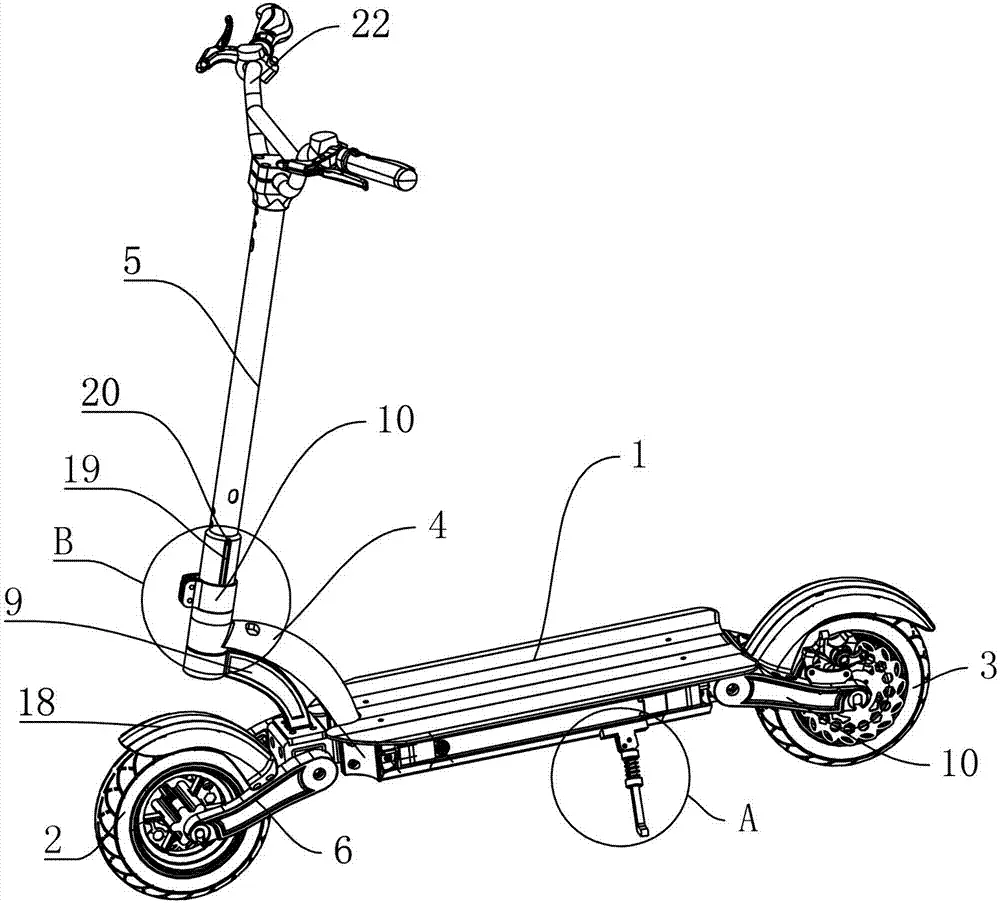How does the battery management system of an electric scooter work specifically?
How does the battery management system of an electric scooter work specifically?
The battery management system (BMS) of an electric scooter is a core component that ensures safe and efficient operation of the battery. It ensures the stability and life of the battery under various working conditions through real-time monitoring and intelligent regulation. The following is a detailed analysis of its working principle:
1. Real-time monitoring and data analysis
The built-in sensors of the BMS continuously monitor the key parameters of the battery, such as voltage, current, and temperature, and transmit the data to the control center. The control center accurately calculates the battery's state of charge (SOC) and state of health (SOH) based on preset thresholds and intelligent algorithms to determine whether the battery is in a safe working range.
2. Intelligent protection mechanism
Overcharge/over-discharge protection: BMS monitors the voltage in real time to prevent it from being too high during charging and too low during discharging, and adjusts or cuts off the circuit in time to protect the battery.
Short circuit and overcurrent protection: The current monitoring component detects in real time, responds to abnormalities instantly, and protects the circuit.
Abnormal temperature protection: The temperature sensor monitors the battery temperature. When it is too high or too low, the BMS starts the cooling or heating device to maintain a suitable working temperature.
3. Battery balancing management
BMS adjusts the power of each unit in the battery pack through passive or active balancing circuits to ensure consistency. Passive balancing consumes excess power, and active balancing transfers power to improve the overall performance and life of the battery pack.

4. Intelligent charging and discharging control
Charging control: BMS intelligently adjusts the charging voltage and current, charges in stages, and improves efficiency and life.
Discharge management: During discharge, BMS monitors the power and health status, reasonably distributes power, prevents excessive discharge, and ensures safe use.
5. Data communication and user interaction
BMS communicates with external devices through CAN bus, transmits battery status information, and realizes remote monitoring and diagnosis. At the same time, it interacts with the scooter control system to optimize the operation of components such as motors. Some BMS also support viewing battery status and receiving alarms through mobile phone APP, so that users can understand the battery health status in time.
6. Adaptive and intelligent optimization
BMS uses AI and machine learning algorithms to analyze usage data, predict battery life, and warn of faults in advance. At the same time, it optimizes charging and discharging strategies and protection mechanisms to extend battery life and improve safety.
In summary, the BMS of electric scooters comprehensively ensures the safe, stable and efficient operation of batteries, prolongs the battery life, and brings users a safer and more convenient riding experience through real-time monitoring, intelligent protection, balanced management, charge and discharge control, data communication and adaptive optimization.














